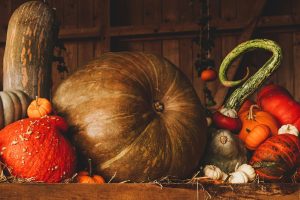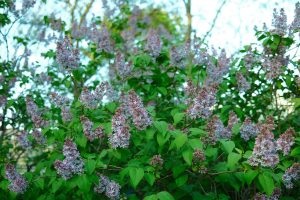
16-16-16 for Fall Vegetables: Balanced Nutrition for Leafy Greens and Root Crops
October is one of the most rewarding times for vegetable growers. Cooler temperatures create the perfect conditions for leafy greens like spinach, kale, and lettuce,

When you walk down the fertilizer aisle or browse online, two balanced blends often pop up: 10-10-10 and 12-6-6. At a glance, they might seem interchangeable—but understanding their differences is key to getting the results you want in your garden or landscape.
This guide will break down when to choose 10-10-10 with micronutrients versus 12-6-6 ornamental blend, how they support different types of plants, and how to get the best results using quality products from Supply Solutions LLC.
The three numbers on a fertilizer label represent the percentages of:
So, what’s the difference between the two?
This blend is a classic go-to for:
Advantages: ✔ Balanced growth of roots, shoots, and blooms
✔ Enhanced micronutrient delivery in fish-based formulas
✔ Useful for correcting general soil deficiencies after testing
Recommended product: 10-10-10 with Micronutrients
The higher nitrogen concentration is perfect for:
Advantages: ✔ Supports lush greenery and steady bloom production
✔ Works great in summer feeding rotations
✔ Low phosphorus makes it safer for high-P soils
Recommended product: 12-6-6 Ornamental Blend
| Plant Type | Best Fertilizer |
|---|---|
| Leafy Greens & Brassicas | 10-10-10 |
| Tomatoes & Peppers | Start with 10-10-10, switch to 12-6-6 midseason |
| Flower Beds | 12-6-6 for foliage & bloom color |
| Fruit Trees | 10-10-10 early, 15.5-0-0 calcium nitrate during fruiting |
| New Lawns | 10-10-10 starter or 12-6-6 for fast greening |
A soil test is the best way to decide which blend to use:
Supply Solutions LLC offers both blends, plus tools to interpret soil test results and personalize your garden feeding plan.
A gardener used 10-10-10 fish fertilizer in early spring on raised beds. Midseason, they noticed flowering plants weren’t as vibrant. Switching to 12-6-6 for the summer brought more blooms, richer foliage, and longer-lasting color through fall.
Both 10-10-10 and 12-6-6 have their place. Your choice depends on:
With the right product and timing, both fertilizers can be part of a smart, seasonal feeding program.
Need help choosing or scheduling applications? Supply Solutions LLC is here to help.
Reach out for expert support and fast delivery:
Give your plants what they need—no more, no less—with balanced fertilizer choices that deliver real results.

October is one of the most rewarding times for vegetable growers. Cooler temperatures create the perfect conditions for leafy greens like spinach, kale, and lettuce,

Landscapes in October may look like they are preparing for rest, but the work happening below the surface is just as important as the visible
Give us a call or visit our store, and we’ll help you find the right solution for your business.
© Supply Solutions LLC 2025